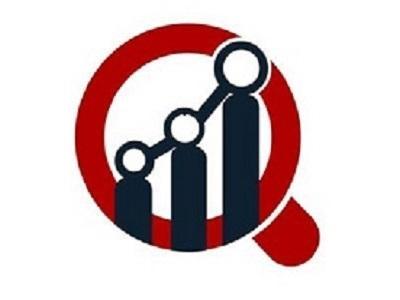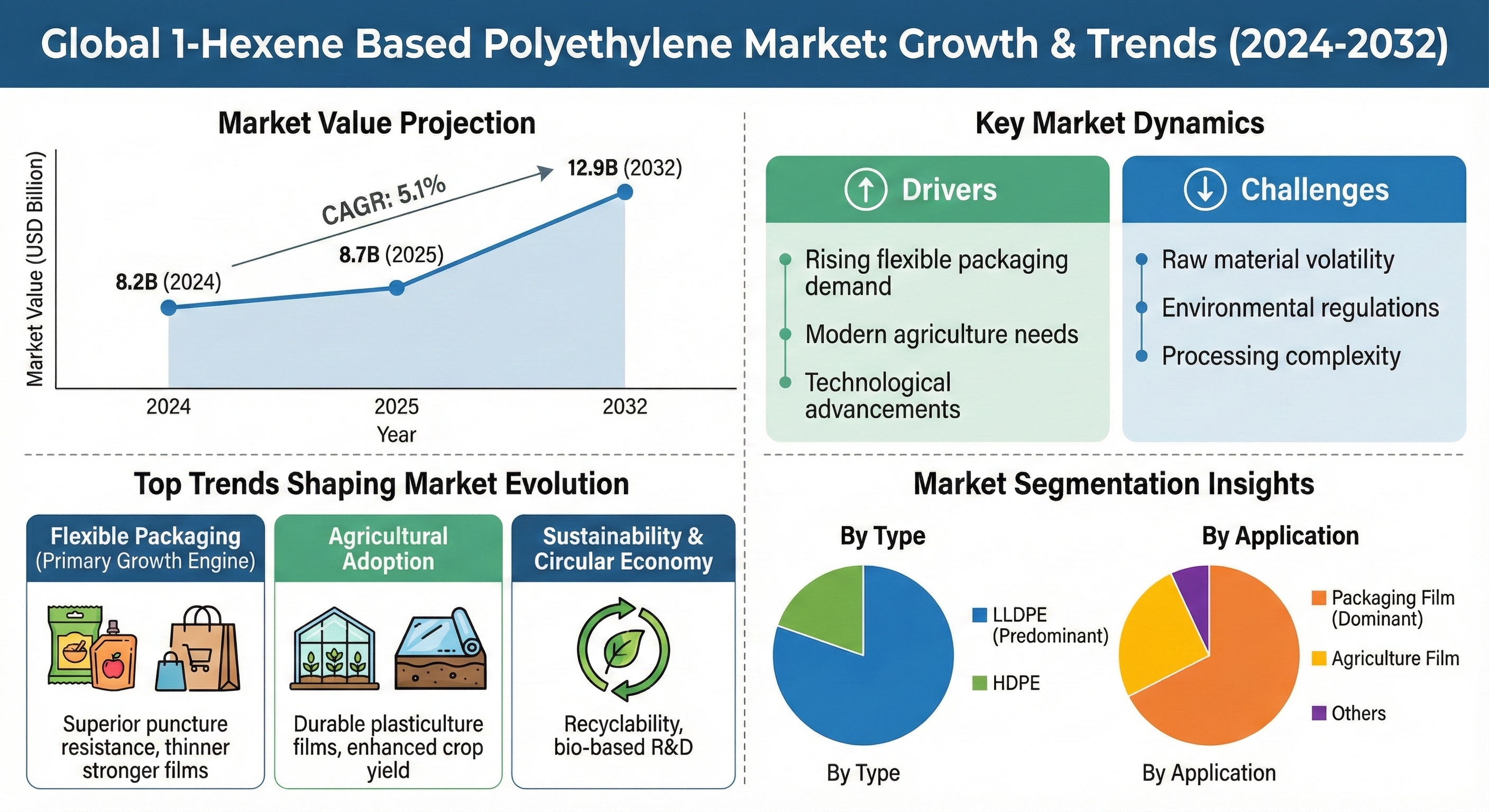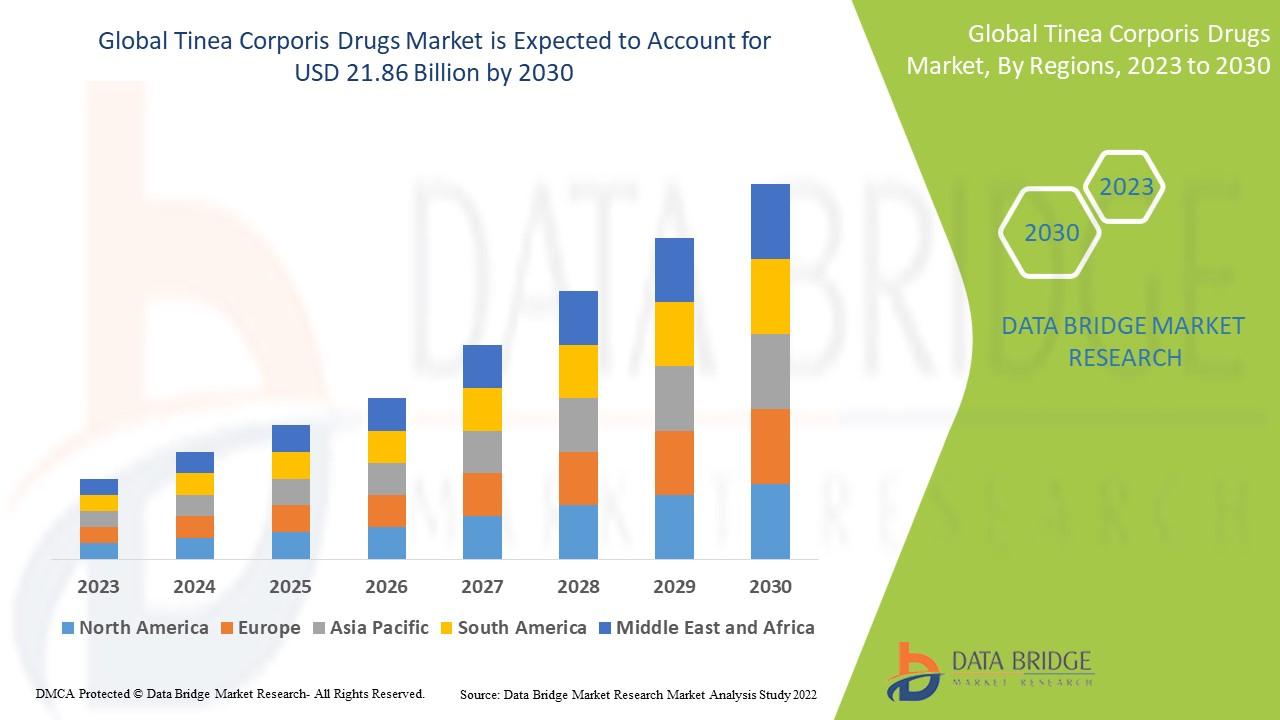Automated Chemical Injection Systems Revolutionizing Fluid Management

Automated Chemical Injection Systems - Automated chemical injection systems integrate digital control and feedback loops, optimizing chemical consumption and maintaining consistent process quality in various industries.
Automated chemical injection systems represent the pinnacle of fluid dosing technology, integrating precision pumps, advanced instrumentation, and intelligent control logic into a unified, self-regulating package. These systems are designed to operate without continuous human intervention, ensuring optimal process conditions are maintained constantly.
The core principle of automation in these systems is closed-loop feedback control. The system does not simply inject a fixed amount of chemical; instead, it uses real-time process data to determine the correct amount to inject. This is achieved through a suite of integrated sensors, such as chemical concentration analyzers, pH meters, or corrosion rate monitors, strategically placed in the main fluid stream. These sensors continuously measure the key process variable and transmit the data to a programmable logic controller.
The controller then compares the measured value against a pre-set target (the setpoint). If a deviation is detected, the controller immediately calculates the necessary adjustment in the chemical injection rate. This signal is then sent to the precision metering pump, which increases or decreases its stroke frequency or length accordingly. This self-correcting cycle, often managed by sophisticated proportional-integral-derivative control algorithms, ensures that the target chemical concentration is maintained with a high degree of stability, regardless of changes in the main flow or chemical demand.
The benefits of utilizing automated systems are substantial. They eliminate the variability and error inherent in manual dosing, leading to significant chemical savings by preventing overdosing and ensuring process consistency by preventing underdosing. In critical applications like corrosion inhibition in pipelines, automation ensures a consistent protective film is maintained, extending asset life and enhancing safety. In water treatment, it guarantees continuous compliance with strict regulatory limits.
Modern automated systems are also heavily reliant on remote management and diagnostic capabilities. They often include integrated communication modules that allow plant operators to monitor the system's performance, view historical data, and receive alerts via network connection or mobile devices. This capability is crucial for managing widely dispersed assets, such as wellhead injection systems in the oil and gas industry or distributed chlorination points in a municipal water network.
The future of these systems lies in integrating with predictive analytics. By analyzing trends in the sensor data and pump performance over time, future automated systems will be able to anticipate changes in chemical demand and proactively adjust the dosing rate, moving from reactive self-correction to true forward-looking process optimization. The continuous demand for higher throughput, lower operating costs, and uncompromising safety ensures that the trend toward fully automated chemical injection systems will only accelerate.
Frequently Asked Questions (FAQ)
Q1: What is the most critical component that enables an injection system to be classified as "automated"? A: The most critical component is the central control unit, typically a programmable logic controller, which executes the comparison of real-time sensor data against the target setpoint to automatically adjust the pump output.
Q2: How do automated systems lead to savings in chemical consumption for industrial users? A: They prevent the excessive addition of chemicals (overdosing) by precisely matching the injection rate to the immediate process need, eliminating the waste associated with manual compensation for potential demand fluctuations.
Q3: What role does remote management play in the economic operation of these systems? A: Remote management reduces the need for frequent, costly on-site visits by personnel, allowing for centralized monitoring, immediate adjustments, and proactive diagnosis of issues across multiple geographically dispersed units.






